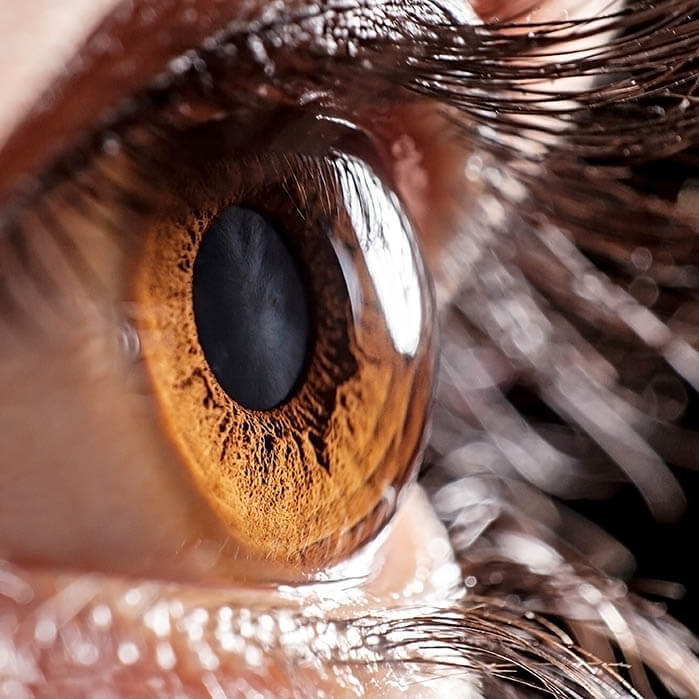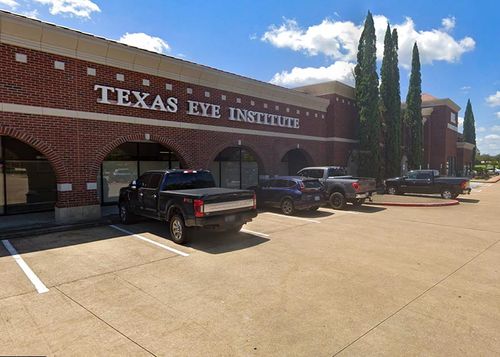What is the Cornea?
The cornea is the transparent layer of your eye that covers the iris and pupil and admits light to the interior. Like the crystal of a watch, the cornea is strong enough to protect the inside of the eye from injury, yet transparent enough to let light pass through. Corneal problems can happen to anyone at any age due to disease, injury or infection.
A damaged cornea distorts light as it travels into the eye affecting your vision and may even cause pain. Unlike other parts of the body, once the cornea has been damaged, it does not heal itself completely. If the cornea is damaged due to heredity or injury, a new cornea may have to be transplanted. Transplants are the replacement of damaged or diseased tissue or organs with healthy tissue or organs. The cornea was one of the first parts of the body to be transplanted, and corneal transplants remain one of the most common-and most successful-of all transplant procedures. With today’s modern techniques, corneal transplants can restore vision with minimal pain and without hospitalization.
For more information on corneal diseases and transplants, ask a member of our medically trained staff during your visit to Texas Eye Institute.







